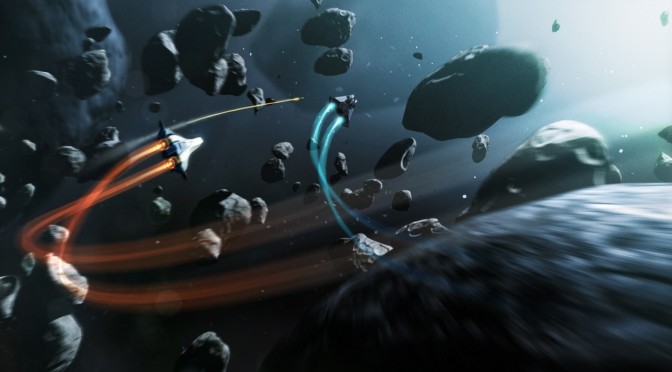Frontier has announced that Elite: Dangerous, Alpha Phase 3.0 – Docking & Ship Outfitting is today released to all players who have backed or bought Elite: Dangerous at the Alpha stage.
According to the press release, this third phase of Elite: Dangerous starts to move towards building out the game by adding docking, an early version of hyperspace jumps between multiple locations and ship outfitting within an iconic Coriolis space station.
Elite: Dangerous Alpha phase three offers progression where players can use their honest profit or ill-gotten gains from their in-game actions to improve their ship.
Ship upgrades include modules such as heat sinks and cargo scanners, a variety of weapons, and extend to the repair of any damage sustained in combat. They can also clear bounties and, once they have earned enough credits, even purchase a firm favourite from the Falcon de Lacy shipyards, and one of the most notorious ships in the galaxy – the Cobra Mk III.
The consequences of combat now also have a price, with repairs being cheaper than buying a new ship players will need to make split second decisions on when pull back from battle.
David Braben, CEO of Frontier Developments, said:
“Alpha three is particularly significant as we can start to see the game itself being built out, as opposed to just testing the technology behind it.
We are looking forward to continue benefitting from the enthusiasm and feedback of those participating in our Alpha process and players will begin to enjoy key elements of gameplay.”
Enjoy!

John is the founder and Editor in Chief at DSOGaming. He is a PC gaming fan and highly supports the modding and indie communities. Before creating DSOGaming, John worked on numerous gaming websites. While he is a die-hard PC gamer, his gaming roots can be found on consoles. John loved – and still does – the 16-bit consoles, and considers SNES to be one of the best consoles. Still, the PC platform won him over consoles. That was mainly due to 3DFX and its iconic dedicated 3D accelerator graphics card, Voodoo 2. John has also written a higher degree thesis on the “The Evolution of PC graphics cards.”
Contact: Email

